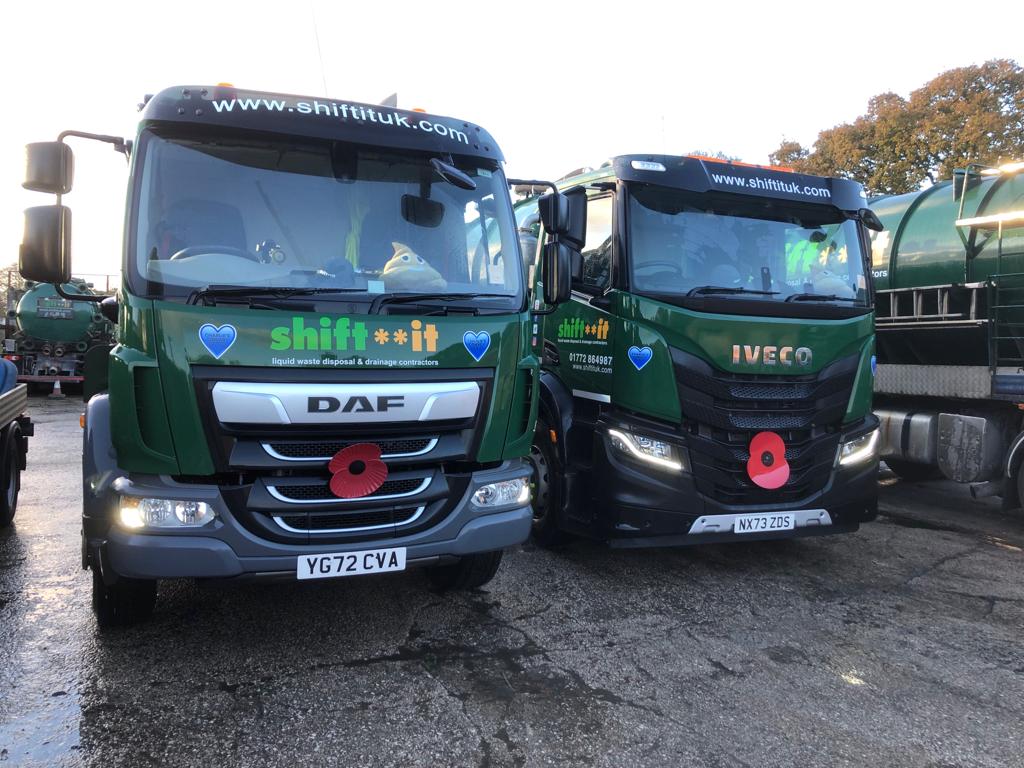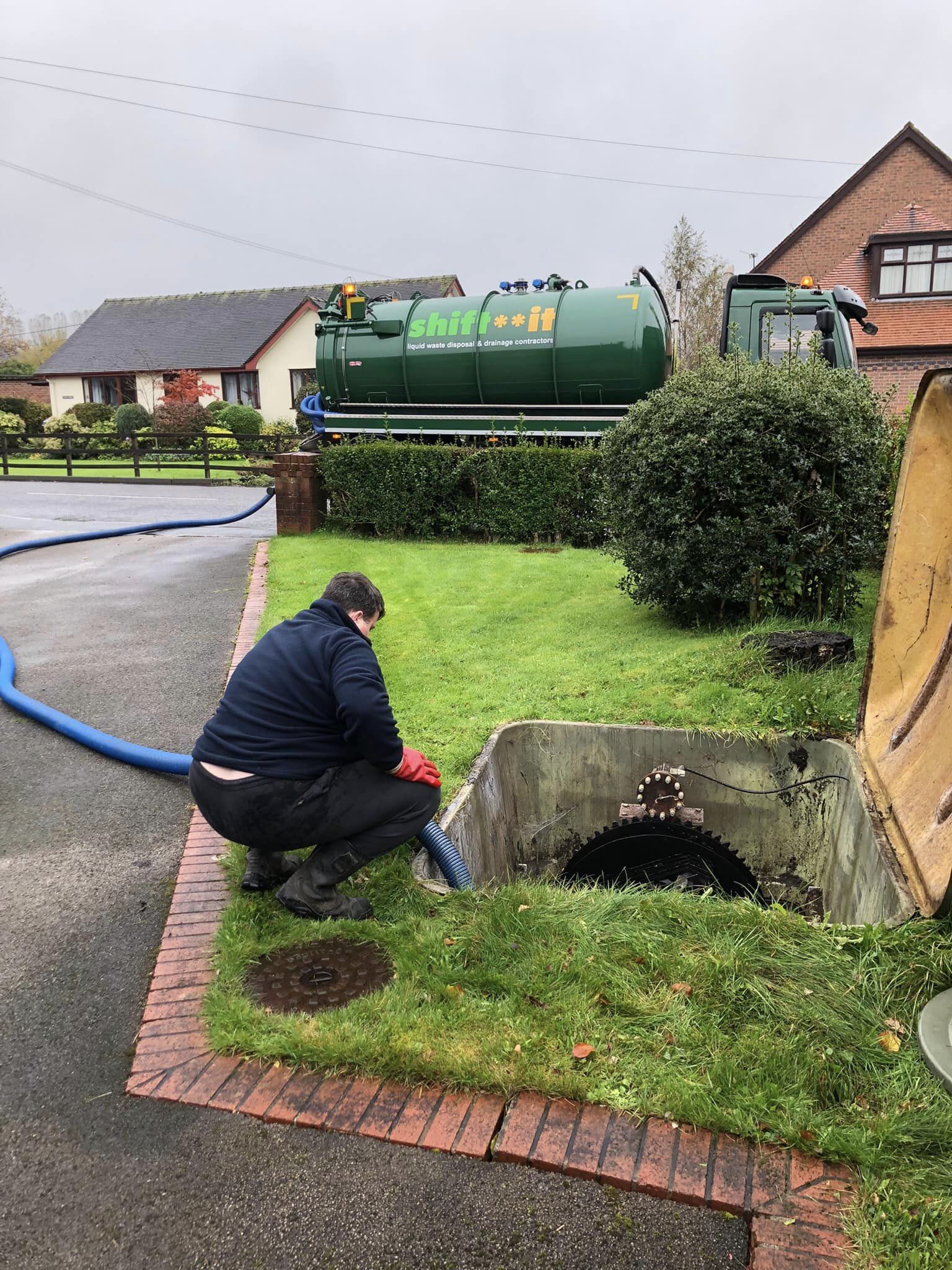sewage treatment plants nw
Shift **It offers comprehensive services for sewage treatment plants in the NW region, ensuring efficient and environmentally responsible waste management solutions. Our team specialises in the installation, maintenance, and repair of sewage treatment plants, catering to residential, commercial, and industrial clients. With a focus on sustainability and compliance, we utilise advanced technology and best practices to ensure optimal performance and minimal environmental impact.
From initial consultation to ongoing maintenance, Shift **It provides personalised solutions tailored to meet the unique needs of each client. Our experienced technicians conduct thorough assessments to determine the most suitable sewage treatment plant for your property, considering factors such as capacity, site conditions, and regulatory requirements. Whether you’re looking to upgrade an existing system or install a new one, we guide you through every step of the process, ensuring seamless implementation and long-term reliability.
At Shift **It, we understand the importance of reliable sewage treatment plants in preserving the health of our communities and the environment. That’s why we are committed to delivering exceptional service and support, backed by years of industry experience and expertise. Trust Shift **It for all your sewage treatment plant needs in the NW region, and experience the difference our dedication to quality and sustainability can make for your property.


Here’s an overview of how sewage treatment plants typically work:
Preliminary Treatment: The wastewater enters the treatment plant through pipes and undergoes preliminary treatment to remove large objects such as sticks, rags, plastics, and other debris. This is usually done using screens or grates and sometimes includes grit chambers to settle out heavier particles like sand and gravel.
Primary Treatment: In this stage, the wastewater flows into large settlement tanks called primary clarifiers or sedimentation tanks. Here, the velocity of the flow is reduced, allowing heavier suspended solids to settle to the bottom of the tank as sludge, while lighter materials like grease and oils float to the surface, forming a scum layer. The clarified water between these layers is then passed on for further treatment.
Secondary Treatment: The clarified water undergoes biological treatment in secondary treatment units. This typically involves processes such as activated sludge, trickling filters, or sequencing batch reactors (SBRs). Microorganisms break down organic pollutants in the water, converting them into carbon dioxide, water, and biomass. This stage significantly reduces the biochemical oxygen demand (BOD) and suspended solids content of the wastewater.
Tertiary Treatment: Depending on the treatment goals and the quality of the effluent required, tertiary treatment may be employed. This stage aims to further polish the water by removing additional contaminants such as nitrogen, phosphorus, pathogens, and trace organic compounds. Methods used in tertiary treatment can include filtration, chemical treatment (such as coagulation and disinfection), and advanced biological processes.
Disinfection: Before discharge, the treated wastewater is often disinfected to kill or deactivate harmful pathogens like bacteria, viruses, and parasites. Chlorination, ultraviolet (UV) irradiation, ozone treatment, or other disinfection methods may be used for this purpose.
Effluent Discharge: The treated wastewater, now referred to as effluent, is discharged into receiving water bodies such as rivers, lakes, or oceans, or reused for non-potable purposes such as irrigation, industrial processes, or groundwater recharge.
Sludge Management: Throughout the treatment process, sludge accumulates as a byproduct. This sludge undergoes further treatment, such as thickening, dewatering, and sometimes digestion, to reduce its volume and stabilise its organic content. The treated sludge may be used for beneficial purposes such as land application as fertiliser or sent to landfills or dedicated sludge treatment facilities.
Sewage treatment plants vary in size, capacity, and complexity depending on the population served, the volume and characteristics of the wastewater, and regulatory requirements. Advanced treatment technologies and processes continue to be developed to improve the efficiency and environmental performance of sewage treatment plants.
Contact Us Today
Contact us today to discuss your sewage treatment plant needs and learn how we can help you in the best and most cost effective way for your project.